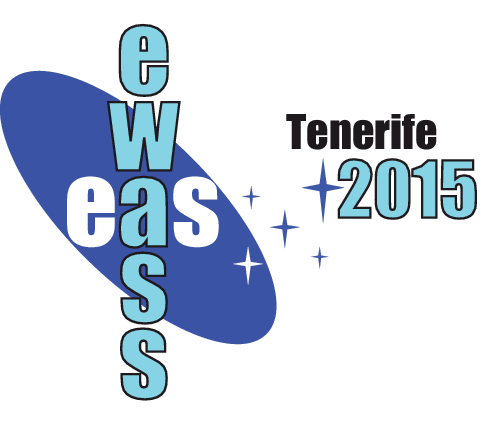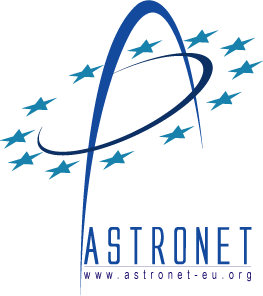Symposium S1
22 – 23 June 2015
Understanding the growth of the first supermassive black holes
Aims and scope
The formation, assembly history, and environmental impact of the massive black holes that are ubiquitous in the nuclei of luminous galaxies today remain some of the main unsolved problems in cosmic structure formation. In the last several years it has become clear that quasars are not just tracers of early and recent structure formation, but that they seem to have actively influenced galaxies and clusters through feedback mechanisms that are not currently well understood.
The discovery of more and more numerous quasars at redshift above 6, powered by black holes with masses similar to that of their local counterparts, further complicates this scenario. This emphasizes the urgent need to better understand how and when such massive objects form and grow, what is the strength and scale of their impact on the evolution of their host galaxies and what are the main physical processes driving and regulating this co-evolution.
The current challenge for theoretical models and numerical simulations is to predict the formation path to the first z ~ 6 quasars starting from seed BHs, while producing a population in agreement with constraints at lower redshift, including the local Universe.
At the same time, observations are tackling the difficult task of detecting the rare, faint and elusive signatures of the first collapsing and merging black holes, such as the highest redshift emission of gamma-ray bursts, X-rays and, perhaps, gravitational waves.
In this symposium we want to review the most recent theoretical and observational results and foster discussion on the relevant processes operating on different scales and in different physical regimes relevant to black holes.
Programme
- The formation of BH seeds
- The early growth of the first SMBHs
- Physical properties of the first QSOs
- The coevolution of the first SMBHs and their host galaxies
- Observational signatures (GWs, X-rays) and local relics
Invited speakers
- Andrea Comastri (INAF-Osservatorio Astronomico di Bologna)
- Tiziana Di Matteo (McWilliams Center, Carnegie Mellon University)
- Yohan Dubois (Institut d'Astrophysique de Paris)
- Xiaohui Fan (Steward Observatory, University of Arizona)
- Andrea Ferrara (Scuola Normale Superiore di Pisa)
- Francesco Haardt (Univerita' degli studi dell'Insubria)
- Jarrett Johnson (Los Alamos National Laboratory)
- Muhammad Latif (Institut d'Astrophysique de Paris)
- Roberto Maiolino (Cavendish Laboratory, Kavli Institute for Cosmology, University of Cambridge)
- Kazu Omukai (Astronomical Institute, Tohoku University)
- Amy Reines (University of Michigan)
Scientific organisers
Raffaella Schneider (INAF/Osservatorio Astronomico di Roma)
Rosa Valiante (INAF/Osservatorio Astronomico di Roma)
Marta Volonteri (Institut d'Astrophysique de Paris)
Contact
rosa.valiante @ oa-roma.inaf.it
Updated on Tue Oct 06 13:28:02 CEST 2015
|

 A power cut will shut down all EAS services on Tuesday, 10 January 2017 starting at 7:30 CET.
A power cut will shut down all EAS services on Tuesday, 10 January 2017 starting at 7:30 CET.


















